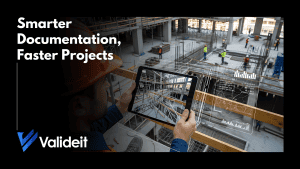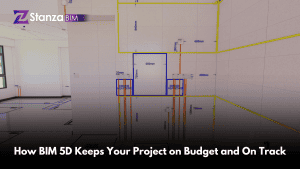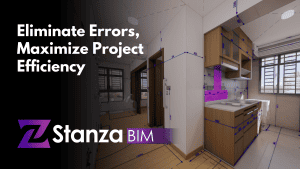Building Information Modeling (BIM) has emerged as a game-changer in the architecture, engineering, and construction (AEC) industry, revolutionizing how buildings are designed, constructed, and managed. One area where BIM is making a significant impact is in building performance simulation, offering architects, engineers, and stakeholders the ability to analyze and optimize the performance of buildings in virtual environments.
Building performance simulation encompasses a range of analytical techniques used to assess various aspects of building performance, including energy efficiency, thermal comfort, daylighting, indoor air quality, and acoustic performance. Traditionally, these simulations were conducted using standalone software tools, often disconnected from the design process and requiring significant time and effort to set up and analyze. However, BIM has revolutionized building performance simulation by integrating simulation capabilities directly into the design workflow, allowing for more seamless and efficient analysis throughout the design process.
One of the key advantages of using BIM for building performance simulation is the ability to conduct simulations directly within the BIM environment, using the same 3D model used for design and documentation. This integration eliminates the need to transfer data between different software tools, reducing the risk of errors and ensuring that simulation results are based on the most up-to-date design information. By embedding simulation capabilities into the BIM workflow, architects and engineers can quickly evaluate design alternatives, determine performance issues, and have informed decisions to optimize building performance.
Moreover, BIM enables parametric and iterative analysis, allowing professional designers to explore a vast range of design options and performance criteria to achieve the desired performance outcomes. By defining parameters such as building orientation, envelope materials, HVAC systems, and occupancy profiles within the BIM model, designers can conduct automated simulations to assess the impact of different design choices on building performance metrics. This iterative design approach empowers designers to make data-driven decisions that balance aesthetic, functional, and performance considerations to create more sustainable and efficient buildings.
Another benefit of BIM for building performance simulation is capturing and analyzing real-time data from building sensors and IoT devices. By integrating BIM models with building automation systems, energy meters, and environmental sensors, designers can simulate how building performance may vary under different operating conditions, occupancy patterns, and climate scenarios. This real-time feedback loop lets designers fine-tune building designs to optimize performance and occupant comfort, even before construction begins.
However, adopting BIM for building performance simulation has its challenges. One challenge is the need for specialized skills and expertise to use simulation tools and interpret simulation results effectively. Designers and engineers may require training and support to leverage simulation capabilities within the BIM environment and translate simulation results into actionable design decisions. Moreover, the results for the accuracy of simulation highly depends on the quality of data encoded and assumptions used in the simulation models, highlighting the importance of data validation and sensitivity analysis to ensure reliable results.
Building Information Modeling (BIM) is revolutionizing building performance simulation in the architecture, engineering, and construction (AEC) industry, offering unprecedented opportunities to analyze and optimize building performance throughout the design process. By integrating simulation capabilities directly into the BIM workflow, designers can conduct parametric analysis, iterate on design options, and optimize building performance to create more sustainable, efficient, and comfortable buildings. As BIM evolves, its role in building performance simulation will become increasingly indispensable, driving advancements in building design, construction, and operation.










